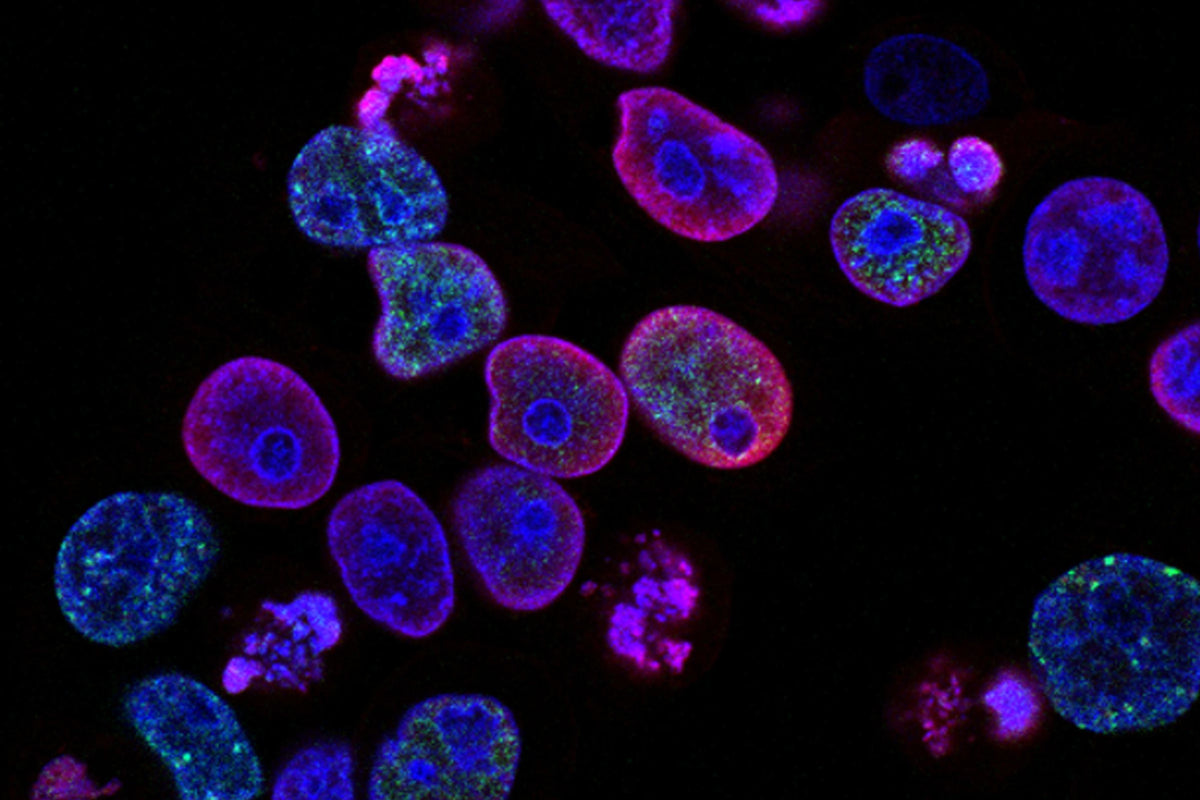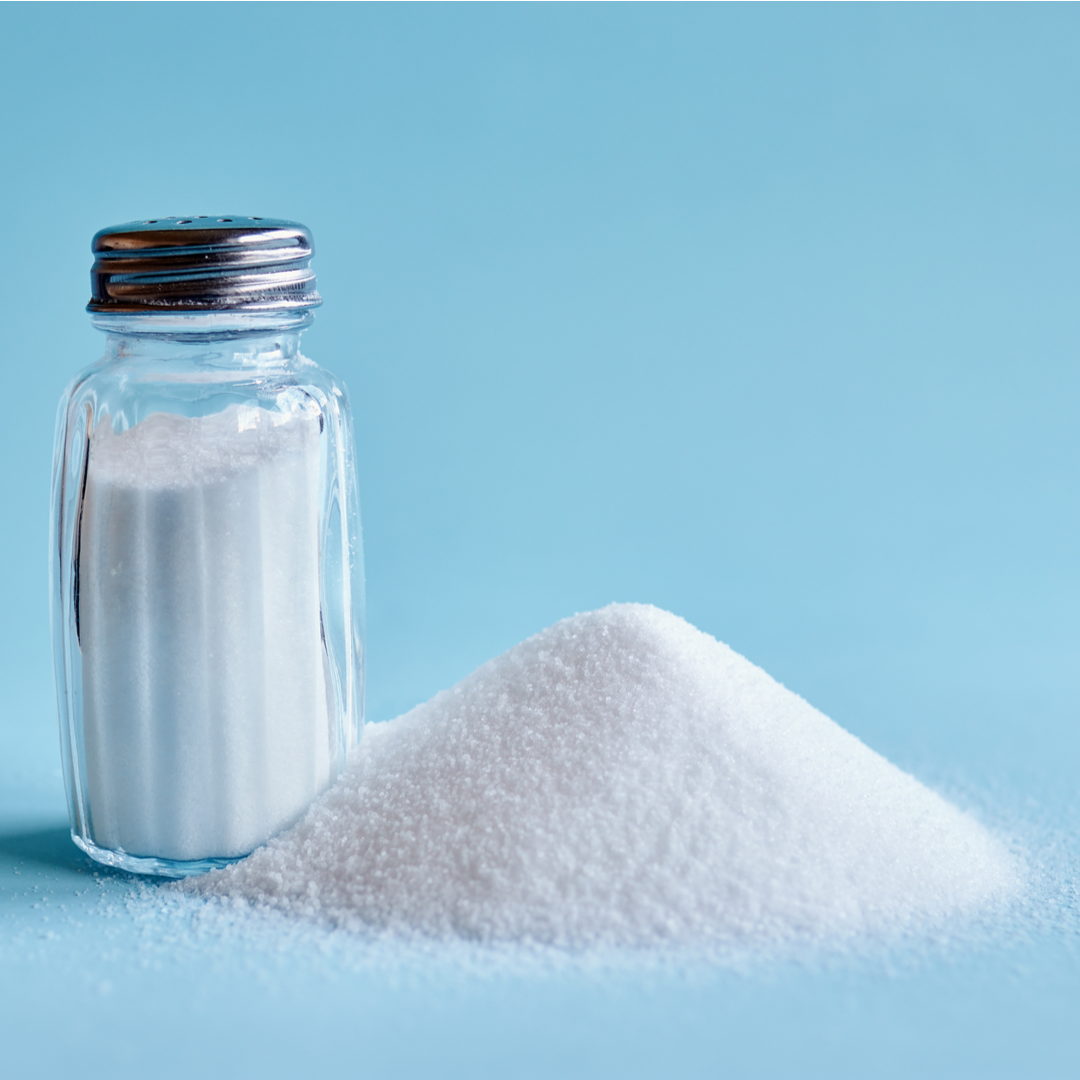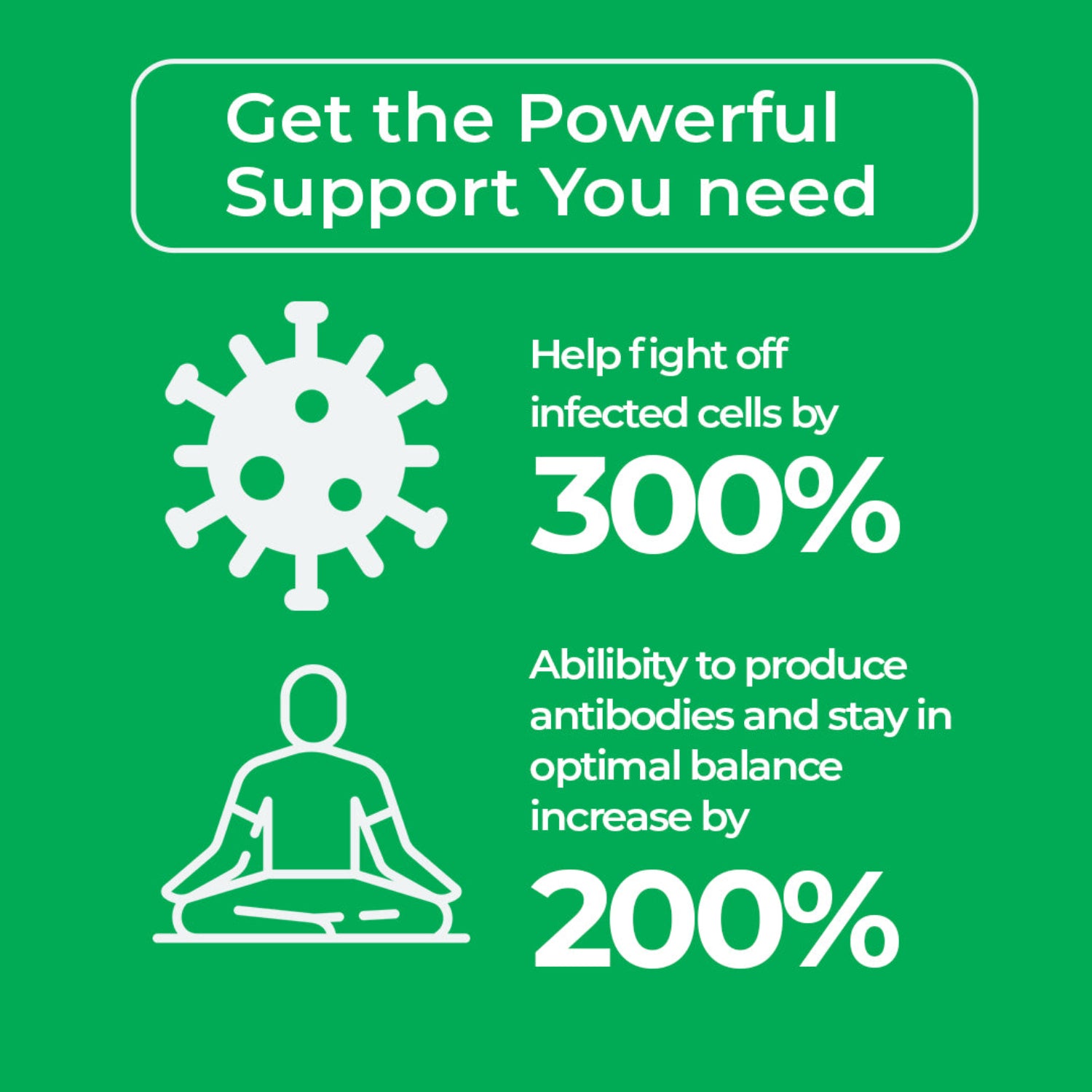At Daiwa Health Development, we believe true wellness begins at the cellular level. Every heartbeat, every breath, every thought—depends on your cells functioning properly. But inside each cell, energy production and environmental exposure constantly generate free radicals, unstable molecules that can damage tissue and accelerate aging.
Fortunately, your body is equipped with powerful defenders—antioxidants. These natural molecules neutralize free radicals, maintain cellular stability, and support every aspect of health, from brain performance to immune resilience. Understanding the role of antioxidants in cell function reveals why nutrition, lifestyle, and proper supplementation are critical to long-term vitality.
Understanding Free Radicals and Oxidative Stress
Free radicals are atoms or molecules with unpaired electrons. They form naturally during metabolism, immune defense, and exposure to environmental stressors like pollution, UV radiation, or ionizing radiation.
When free radicals accumulate faster than your antioxidant defense system can neutralize them, a harmful state called oxidative stress occurs.
How Oxidative Stress Affects the Body
- Damages cell membranes, altering permeability and communication
- Triggers oxidative modification of DNA and proteins
- Initiates lipid peroxidation, breaking down fatty acids that stabilize cells
- Interferes with mitochondrial function, reducing cellular energy
- Promotes chronic inflammation and accelerates disease progression
Over time, oxidative stress plays a role in many chronic diseases, including cardiovascular diseases, neurodegenerative diseases, cancer, and metabolic disorders.
The Cellular Role of Antioxidants
Antioxidants act as the body’s molecular shield, intercepting reactive oxygen species (ROS) before they harm critical structures. These include superoxide radicals, hydroxyl radicals, hydrogen peroxide, and reactive nitrogen species (RNS) such as nitric oxide and peroxynitrite.
By balancing ROS and RNS levels, antioxidants preserve cell signaling, metabolism, and cell survival—collectively ensuring that every organ and tissue continues to function efficiently.
Key Functions Within Cells
-
Neutralizing Free Radicals
Antioxidants donate electrons to free radicals, stabilizing them and halting chain reactions that cause oxidative damage. -
Supporting Mitochondrial Function
Within the mitochondrial electron transport chain, energy production generates ROS. Antioxidants protect mitochondria from this free radical invasion by reducing mitochondrial dysfunction and preventing leakage through the mitochondrial permeability transition pore. -
Maintaining Redox Balance
Proper cellular function depends on redox balance—a steady ratio of oxidants and antioxidants. When disrupted, cellular signaling pathways like nuclear factor kappa (NF-κB) and mitogen activated protein kinases (MAPKs) activate inflammation and cell death. -
Regulating Immune and Inflammatory Responses
Immune cells, especially phagocytic cells, intentionally generate ROS during the oxidative burst to destroy pathogens. Antioxidants help these cells return to equilibrium afterward, preventing collateral tissue damage.
How Free Radicals Contribute to Disease
Free radicals contribute to structural damage and dysfunction throughout the human body. When left unchecked, they interfere with DNA replication, alter gene expression, and impair cellular metabolism.
The Chain Reaction of Oxidative Damage
- Reactive oxygen species attack fatty acids in cell membranes, initiating lipid peroxidation.
- Damaged membranes allow toxins to enter cells and nutrients to leak out.
- The resulting imbalance triggers inflammation and promotes cell death or mutation.
This cascade explains why oxidative stress is now recognized as a primary driver of aging, chronic inflammation, and neurodegenerative disorders such as Alzheimer’s disease.
Mitochondria: The Powerhouses and Targets of Oxidative Stress
The mitochondria are the engines of the cell—producing energy through the mitochondrial electron transport chain. But this process naturally generates superoxide radicals.
Excessive or prolonged ROS formation leads to mitochondrial dysfunction, disrupting ATP synthesis and damaging the inner mitochondrial membrane. This dysfunction not only weakens cell survival but also contributes to fatigue, brain fog, and the progression of chronic diseases.
Healthy mitochondria are essential for cell proliferation, immune balance, and cardiac function. Antioxidants like vitamin C, vitamin E, and glutathione peroxidase defend these organelles, maintaining vitality at the cellular level.
Antioxidant Systems in the Body
The body maintains a multi-layered antioxidant defense system composed of enzymes, vitamins, and trace minerals. Each works at specific sites within the cell to reduce oxidative stress and protect against free radical induced damage.
Enzymatic Antioxidants
- Superoxide dismutase (SOD): Converts superoxide radicals into hydrogen peroxide, a less reactive molecule.
- Catalase: Breaks down hydrogen peroxide into water and oxygen.
- Glutathione peroxidase: Reduces peroxides and maintains redox balance.
Non-Enzymatic Antioxidants
- Vitamin C: A water-soluble antioxidant abundant in citrus fruits, neutralizing ROS in plasma and cytosol.
- Vitamin E: Fat-soluble, protects cell membranes from lipid peroxidation.
- Other molecules such as carotenoids, polyphenols, and flavonoids also bolster antioxidant capacity.
Together, these systems ensure the balance between oxidation and reduction—vital for cell survival and function.
Antioxidant Therapy and Supplementation
In cases of sustained oxidative stress, natural defenses may not be enough. Antioxidant therapy and antioxidant supplementation can reinforce the body’s capacity to reduce oxidative stress and promote recovery.
Antioxidant supplements containing vitamin C, vitamin E, coenzyme Q10, and polyphenols have been shown to protect against oxidative damage and support immune responses.
Clinical evidence suggests that combining dietary antioxidants with lifestyle strategies like exercise and a nutrient-dense diet enhances their beneficial effects on chronic medical disorders and cellular dysfunction.
The Link Between Oxidative Stress and Disease
Neurodegenerative Diseases
Persistent oxidative stress damages neuronal cells and promotes mitochondrial dysfunction, contributing to Alzheimer’s disease and Parkinson’s. Reducing ROS helps preserve cell signaling and prevents cognitive decline.
Cardiovascular Diseases
Oxidative modification of LDL cholesterol leads to plaque formation and arterial damage. Antioxidants maintain vessel elasticity, protect smooth muscle cells, and improve cardiac function.
Cancer
While reactive species play roles in normal cell signaling, excessive production of ROS and RNS can alter gene expression, leading to cancer cells that evade programmed death. Controlled antioxidant therapy may help balance cell proliferation and cell death in early disease stages.
Nitric Oxide and Cellular Signaling
Nitric oxide synthase (NOS) produces nitric oxide, a key regulator of blood flow and cellular communication. However, in the presence of superoxide radicals, it forms peroxynitrite—a potent oxidant that damages proteins and DNA.
Maintaining antioxidant properties through nutrients like vitamin C and vitamin E helps regulate nitric oxide levels, supporting vascular and immune system health.
The Role of Antioxidants in Immune Health
Immune cells rely on a delicate oxidative balance. During infection, phagocytic cells release ROS to destroy pathogens. Yet excessive ROS harms the host’s own tissue.
Antioxidants mitigate collateral damage, supporting immune responses without impairing defense. Studies show that sufficient antioxidants enhance white blood cell function and help the body recover faster from inflammation and viral stress.
Antioxidants and Cellular Signaling
Beyond neutralizing ROS, antioxidants influence cell signaling pathways that govern growth, repair, and cell proliferation. They regulate transcription factors such as nuclear factor kappa (NF-κB) and MAPKs, both linked to inflammation and chronic medical maladies.
Balanced cell signaling ensures proper communication between tissues and promotes adaptive responses during healing.
The Importance of Dietary Antioxidants
Diet provides the majority of antioxidants your body uses daily. A variety of colorful foods ensures a wide range of protective compounds.
Key Dietary Sources:
- Citrus fruits – rich in vitamin C
- Nuts and seeds – provide vitamin E and selenium
- Leafy greens and berries – contain polyphenols and flavonoids
- Green tea – powerful antioxidant properties and detox support
- Whole grains – aid in maintaining cellular metabolism
A healthy diet built on these foods helps prevent oxidative stress, improve mitochondrial performance, and slow the aging process.
Mitochondrial Biogenesis: Renewing the Energy Engines
Certain antioxidants trigger mitochondrial biogenesis—the process of creating new mitochondria. Compounds like resveratrol and alpha-lipoic acid stimulate pathways that rejuvenate cellular energy systems, enhancing endurance and vitality.
By improving mitochondrial function, antioxidants support both cell survival and tissue repair.
Sustained Oxidative Stress and Aging
Over time, sustained oxidative stress accelerates cellular aging. It breaks down collagen, stiffens arteries, and weakens immune resilience.
By supporting antioxidant capacity, you not only protect against oxidative damage but also improve longevity and resistance to chronic medical problems.
Antioxidants in Chronic Disease Prevention
Antioxidant therapy continues to gain attention for its potential to reduce oxidative stress plays a role in modern diseases. Combining antioxidant supplementation with whole-food nutrition improves immune responses and protects against neurodegenerative and cardiovascular disorders.
At Daiwa Health Development, we integrate this understanding into our products—formulated to restore cellular balance and to protect against environmental and metabolic stress.
What Happens If You Lack Antioxidants?
When antioxidant levels drop, oxidative stress rises. Symptoms include fatigue, slow healing, brain fog, and greater vulnerability to chronic inflammation. Over time, deficiency accelerates cell death and weakens organ performance.
Maintaining adequate levels through diet and antioxidant supplements ensures consistent protection across all cellular components.
Daiwa Health Development and Cellular Wellness
At Daiwa Health Development, we focus on cellular health as the foundation of life. Our formulations support the body’s antioxidant defense network, replenish key nutrients, and reinforce resilience against oxidative stress.
Whether targeting energy, cognition, or immune balance, our mission is simple: protect, restore, and renew the body’s most vital systems through science-backed nutrition.
Conclusion: Protecting Cells for a Healthier Future
The story of antioxidants is the story of life itself. Every cell, from neurons to smooth muscle cells, relies on these compounds to maintain structure, signal properly, and survive.
In an age of stress, pollution, and processed food, strengthening your body’s antioxidant network is no longer optional—it’s essential.
By embracing nutrient-rich foods, antioxidant supplementation, and balanced living, you can reduce oxidative stress, protect your mitochondria, and preserve cellular vitality for years to come.
At Daiwa Health Development, we remain committed to helping you achieve this balance—one cell at a time.








Leave a comment
All comments are moderated before being published.
This site is protected by hCaptcha and the hCaptcha Privacy Policy and Terms of Service apply.